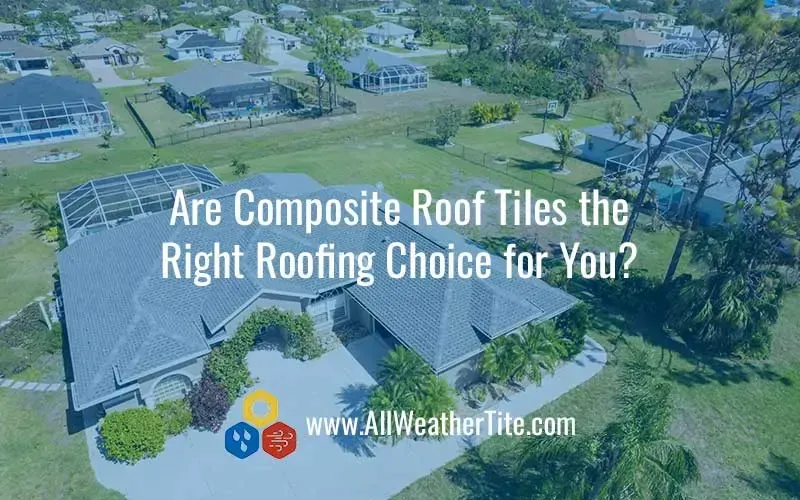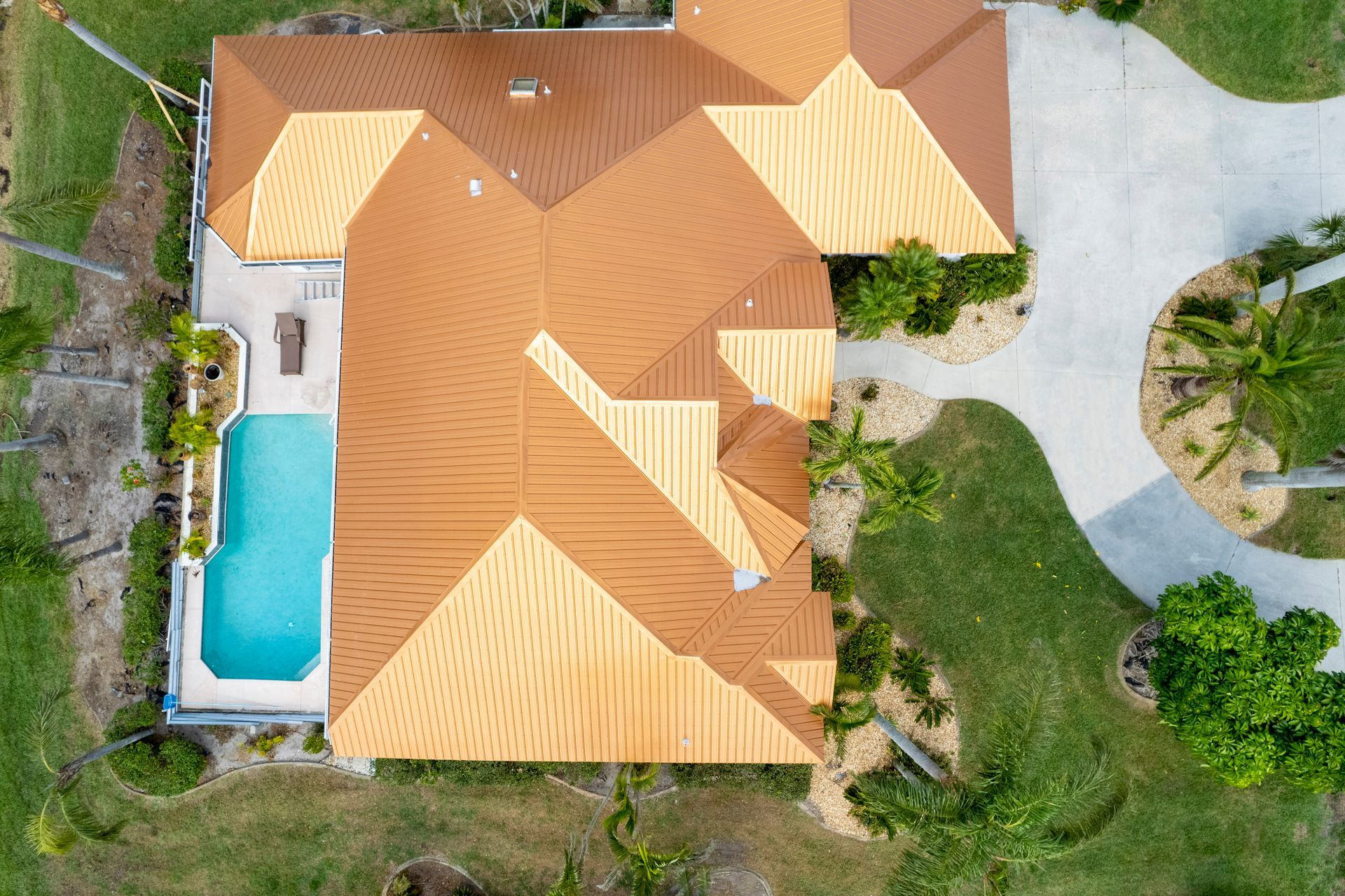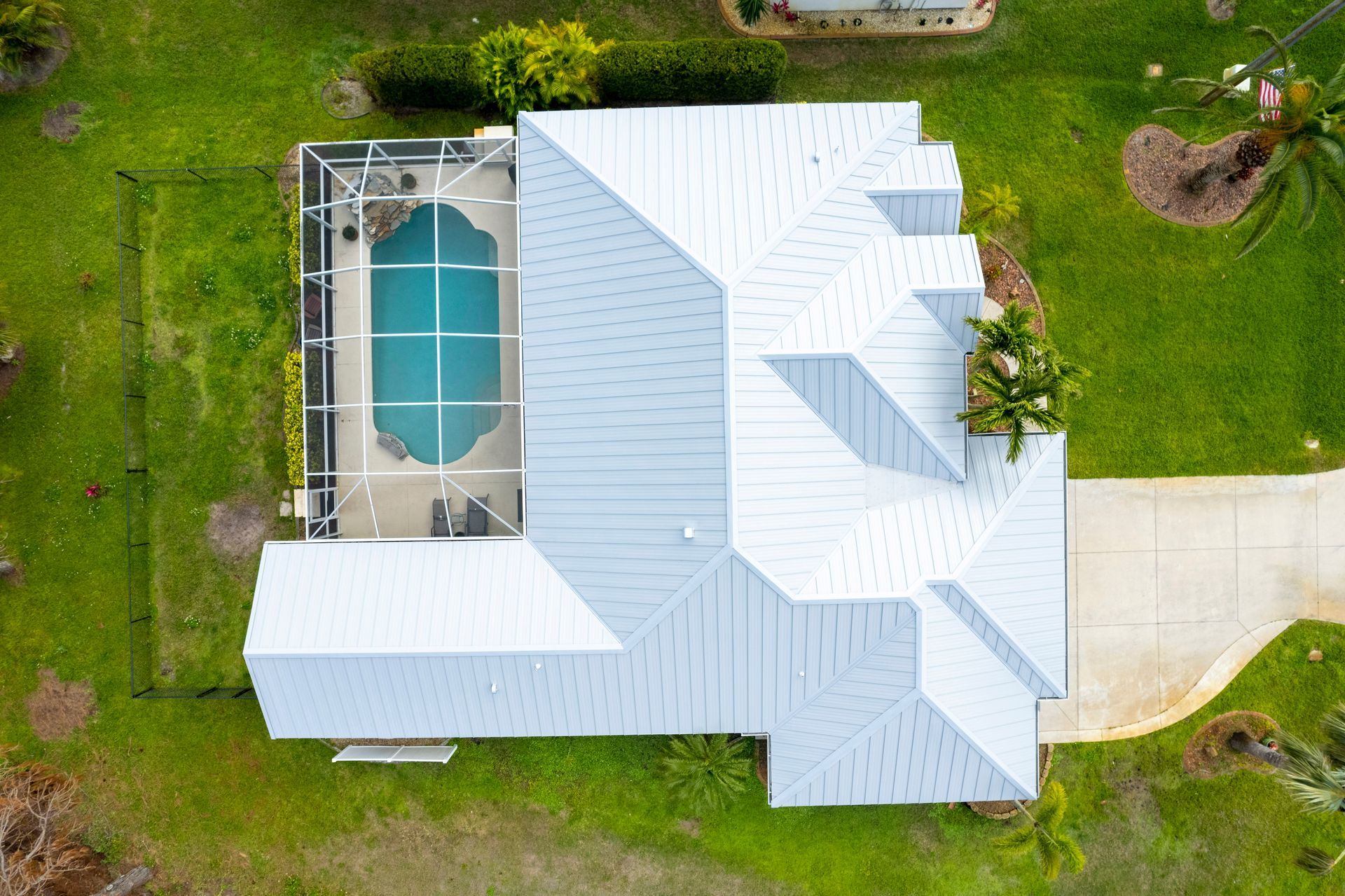
Choosing the material for your roof replacement project is an important decision. Unlike in the past, there are more choices, and therefore, more decisions you need to make. If you’re in the market for new shingles, you have a choice of asphalt, composite or metal as options. Relatively new to the roofing industry, composite roof tiles are gaining popularity.
What are composite roof tiles?
Residential roofing known as composite or synthetic roof tiles are gaining popularity due to their robustness and lasting durability. They can be a blend of a number of materials including fiberglass, slate, laminate, tar paper and wood fibers. These shingles incorporate polymers for strength and to combat the impact of ultraviolet radiation.
Manufacturers use molds of slate tiles to craft synthetic shingles that mimic the appearance of a slate or cedar shake roof. The outcome is a resilient product capable of withstanding high winds, hail and intense sunlight.
Benefits of using composite roof tiles
- Selection. Composite roof tiles come in a variety of styles and colors, mimicking the appearance of a slate or cedar shake roof. This highly versatile choice gives you the ability to increase the curb appeal of your home with a higher-end look at a more reasonable price.
- Durability. Composite tiles boast a long lifespan and have low maintenance requirements. They are resistant to rot, insects, and mildew, don’t have problems with moisture and do not crack, split, peel or warp. Additionally, these tiles are resistant to fire hazards. You’ll have peace of mind knowing your property is safe. And even after years of dealing with intense Florida weather, your roof will have little wear and tear!
- Cost effective (compared to real slate). If you choose composite slate over real slate, you’ll find it’s a cost-saving decision. That’s because composite slate is cheaper than real slate. And the added benefit is that it provides the same aesthetic appeal.
- Eco-friendly. Composite roof tiles are made out of recycled materials. Most are made from a mix of plastics, sawdust, rubber and fiberglass. Others are fashioned with recycled tires or hoses. And an added benefit is that some types of composite shingles can be recycled once their useful life is over. Remaining scraps and materials from your roof replacement can also be recycled.
- Longevity. Composites last 30 to 50 years before needing replacement.
Disadvantages of selecting composite roofing
- Relatively new roofing material. It’s no secret that composite roof tiles are newer to the roofing industry. As a result, there are some unknowns. But to mitigate this situation, manufacturers will usually offer warranties.
- Upfront expenditure. The upfront cost will likely be higher when installing composite verses asphalt. However, as noted in the previous section, this situation will likely be mitigated due to its durability and the shingle’s long lifespan. So, it’s important to keep that in mind.
- Color fading. Over time, exposure to sunlight can cause the colors of the shingles to fade. Although many manufacturers are taking steps to minimize this, it could affect the visual appeal of the roof.
- Not suitable for steep roofs. In certain situations, like steep roofs, this option may not be the best choice due to their lightweight nature.
Although asphalt shingles are currently the most popular choice for shingles in the United States, the popularity of composite shingles is rapidly growing. And even though asphalt can be a more economical choice, composite roofing carries a longer warranty and can mimic the look of many different roofing materials.
Now it’s decision time! You’ve read about the advantages and disadvantages to using composite roof tiles. Before making your decision, it’s important to think about the pros and cons based on your specific needs. And if you require additional information, contact an expert today!!
Have any questionS?
Reach out to our roofing specialists for more answers on the various options for your home.



